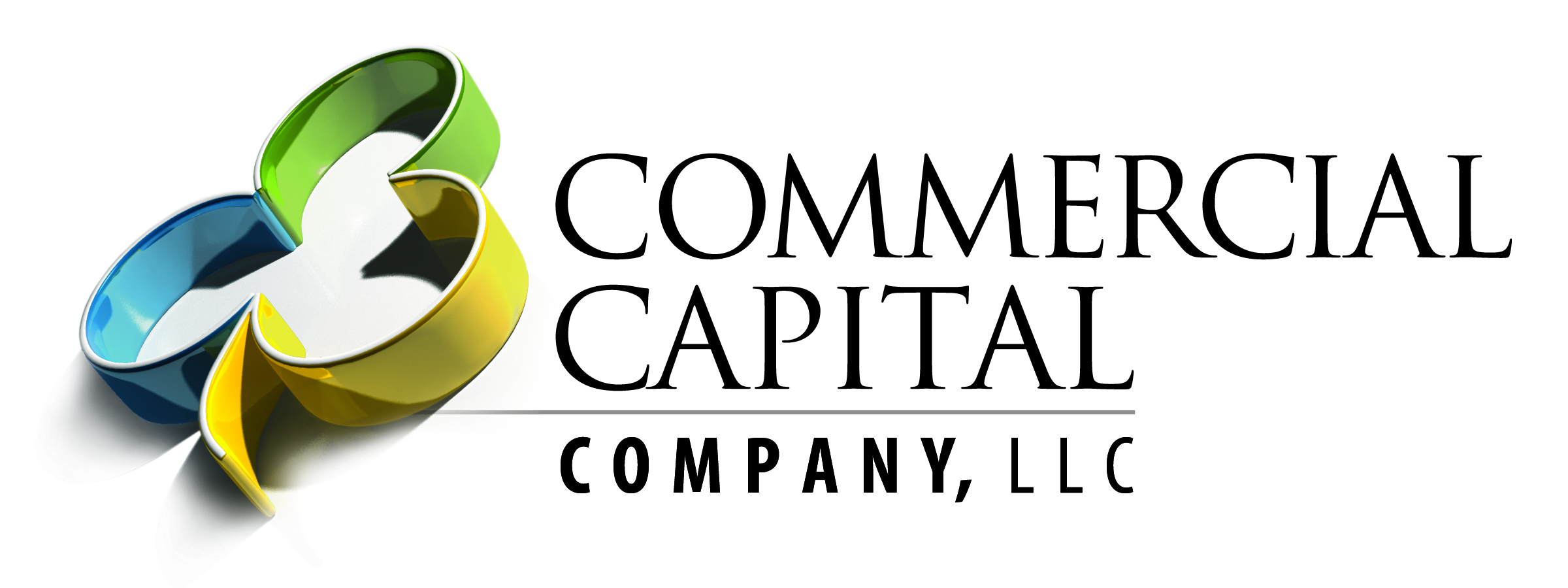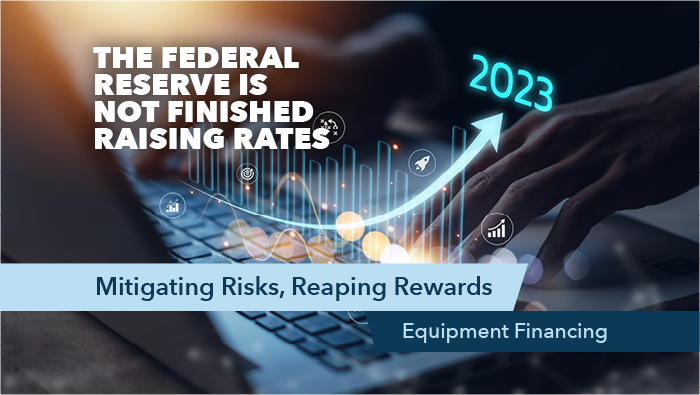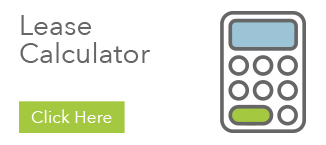What The Latest Interest Hike Means for Equipment Financing
A Modest Increase For Now
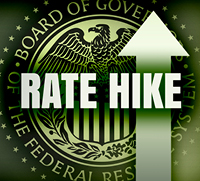 On Wednesday, February 1, 2023, the Federal Reserve raised the interest rate at the end of its two-day policy meeting, citing persistent inflation. The Central Bank approved a modest 0.25 percentage point increase after recent signs that inflationary pressures have started to cool. This brings the benchmark rate to to 4.5%-4.75%. After a year of larger hikes, the U.S. Central Bank scaled back and stated that “inflation has eased.”
On Wednesday, February 1, 2023, the Federal Reserve raised the interest rate at the end of its two-day policy meeting, citing persistent inflation. The Central Bank approved a modest 0.25 percentage point increase after recent signs that inflationary pressures have started to cool. This brings the benchmark rate to to 4.5%-4.75%. After a year of larger hikes, the U.S. Central Bank scaled back and stated that “inflation has eased.”
The Federal Reserve said on Wednesday February 1, 2023 it had turned a corner in its struggle with high inflation, but that victory requires the benchmark overnight interest rate to be increased further and will remain elevated at least throughout 2023. They’re committed to ongoing increases which continues to push borrowing costs upward, yet didn’t indicate when it will level off or stabilize. This rate hike effects nearly everything: mortgages, credit cards, student loans, equipment financing, car loans and more.
“The easing of inflation pressures is evident, but this doesn’t mean the Federal Reserve’s job is done,” said Greg McBride, chief financial analyst at Bankrate.com. “There is still a long way to go to get to 2% inflation.”
Historical Highs
Rates were at near zero up until March 2022. Since then, interest rates have soared by the fastest pace in 40 years. We are seeing the highest federal funds rate in more than a decade. Interest rates have been higher throughout U.S. history, but the Fed’s current war on inflation these past few months have brought the era of ultra-low rates to a definitive end.
Since the 2008 financial crisis, consumers had grown accustom to extremely low rates. The question on everyone’s mind is when will the Feds stop raising the rate and then what?
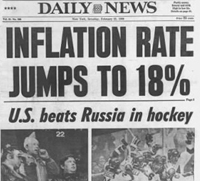 The Fed funds rate has never been higher than it was in the 1980’s. In December of 1980, they hiked the target range by 2 percentage points to 19%, its highest ever. The U.S. central bank manufactured a recession to bring prices back down. As a result, rates then began drifting downward quickly. Descending to a target range of 13-14 percent by November 2, 1982, then further down to 11.5-12 percent by July 20, 1982. Since November 1984, interest rates haven’t risen past 10%.
The Fed funds rate has never been higher than it was in the 1980’s. In December of 1980, they hiked the target range by 2 percentage points to 19%, its highest ever. The U.S. central bank manufactured a recession to bring prices back down. As a result, rates then began drifting downward quickly. Descending to a target range of 13-14 percent by November 2, 1982, then further down to 11.5-12 percent by July 20, 1982. Since November 1984, interest rates haven’t risen past 10%.
Over time, we’ve seen stratospheric highs and rock-bottom lows. Considering our history, is the Fed’s current 2% inflation target a realistic number?
And Then Came The January Jobs Report
The unemployment rate plummeted to a 54 year low. We’re experiencing record-low unemployment and high job growth. The January jobs report released on Friday, February 3rd shows an exceptionally strong labor market. With 185,000 new jobs projected, the US economy beat expectations by adding 517,000 jobs last month. The unemployment rate fell to 3.4%, a low last seen in 1969, according to new data released by the Bureau of Labor Statistics.
 “Job growth was stronger than we realized last year and yet inflation moderated,” says Betsey Stevenson, a professor at U-M’s Gerald R. Ford School of Public Policy. “Clearly, we need to be more circumspect about our understanding of job growth, a tight labor market and the potential for wage price spirals when the growth is part of a recovery from a pandemic that plunged us temporarily into a hole.”
“Job growth was stronger than we realized last year and yet inflation moderated,” says Betsey Stevenson, a professor at U-M’s Gerald R. Ford School of Public Policy. “Clearly, we need to be more circumspect about our understanding of job growth, a tight labor market and the potential for wage price spirals when the growth is part of a recovery from a pandemic that plunged us temporarily into a hole.”
While high job growth is great news for job seekers, it’s not so good for economists and fund managers, who had almost unanimously predicted an economic downturn.
Alan Ruskin, a strategist at Deutsche Bank states, “At a minimum the data adds to the perceptions of a unique cycle, requiring a unique policy response”.
This calls into question just how effective the Fed’s efforts are at reining in inflation. Based on the new jobs data, it’s assumed the Fed will likely need two more interest-rate hikes soon, lifting the benchmark rate above 5% to contain an unexpectedly resilient labor market which is blamed for contributing to high inflation.
Equipped For Success
U.S. businesses borrowed 9% more in December 2022 to finance equipment compared with December 2021 according to industry group Equipment Leasing and Finance Association (ELFA). Companies took on $12.9 billion in new loans, leases and lines of credit in December, compared with $11.8 billion a year earlier.
“Not knowing yet the full impact of the Fed’s series of rapid rate increases on the economy, I believe many companies will start the year with more focus on credit quality and spreads versus origination volume,” said AP Equipment Financing’s president, Chris Lerma.
ELFA’s non-profit affiliate, said its confidence index in January stood at 48.5, an increase from 45.9 in December. A reading above 50 indicates a positive business outlook.
Moving Forward
Given the Fed’s plan to continually increase the federal funds rate, it may be wise to refinance any variable-rate business loans. Traditional banks may be tightening on borrowers, but Commercial Capital Company is still putting small business owners first. Businesses will need to be agile to take advantage of the recovery. Acquiring the equipment necessary to compete in the opportunities of economic recovery is a primary focus for companies seeking growth.
Mitigating Risks, Reaping Rewards
It’s important to mitigate the risks while also reaping the rewards as the economy recovers. At Commercial Capital Company, we have been able to turn uncertainty into opportunity by listening to our clients and providing them with financing solutions that help their small businesses grow.
Our funding application is a great way to start. Get pre-approved today for your next equipment purchase.
We’re a Veteran Owned Business.
We proudly support our nation’s veterans. Find us on Veteran Quote.
Contact Us
13910 W 96th Terrace
Lenexa, KS 66215
Toll Free: (800) 878-8053
Direct: (913) 341-0053
E-mail: sales@ccckc.com
